In today’s competitive supply chain landscape, businesses increasingly rely on Third Party Logistic (3PL) providers to streamline operations and scale efficiently. From warehousing and shipping to returns and omnichannel integration, 3PL services offer end-to-end fulfillment support. Whether you’re navigating rapid growth or seeking cost-effective logistics solutions, choosing the right partner is crucial. In this article, we’ll explore what 3PL is, the services it provides, and how it compares to other models like 4PL and dropshipping.
What is Third Party Logistic (3PL)?
Third Party Logistic (3PL) refers to the outsourcing of logistics operations – including warehousing, inventory management, order fulfillment, and shipping – to an external service provider. These logistics partners serve as intermediaries between businesses and their customers, offering integrated solutions that streamline the supply chain. 3PL providers are especially valuable to e-commerce brands and fast-scaling companies, as they bring infrastructure, technology, and expertise that enable cost-effective, scalable distribution without the need for in-house logistics investments. According to the Council of Supply Chain Management Professionals (CSCMP), 3PLs help companies focus on their core competencies while improving service levels, expanding market reach, and reducing operational complexity.
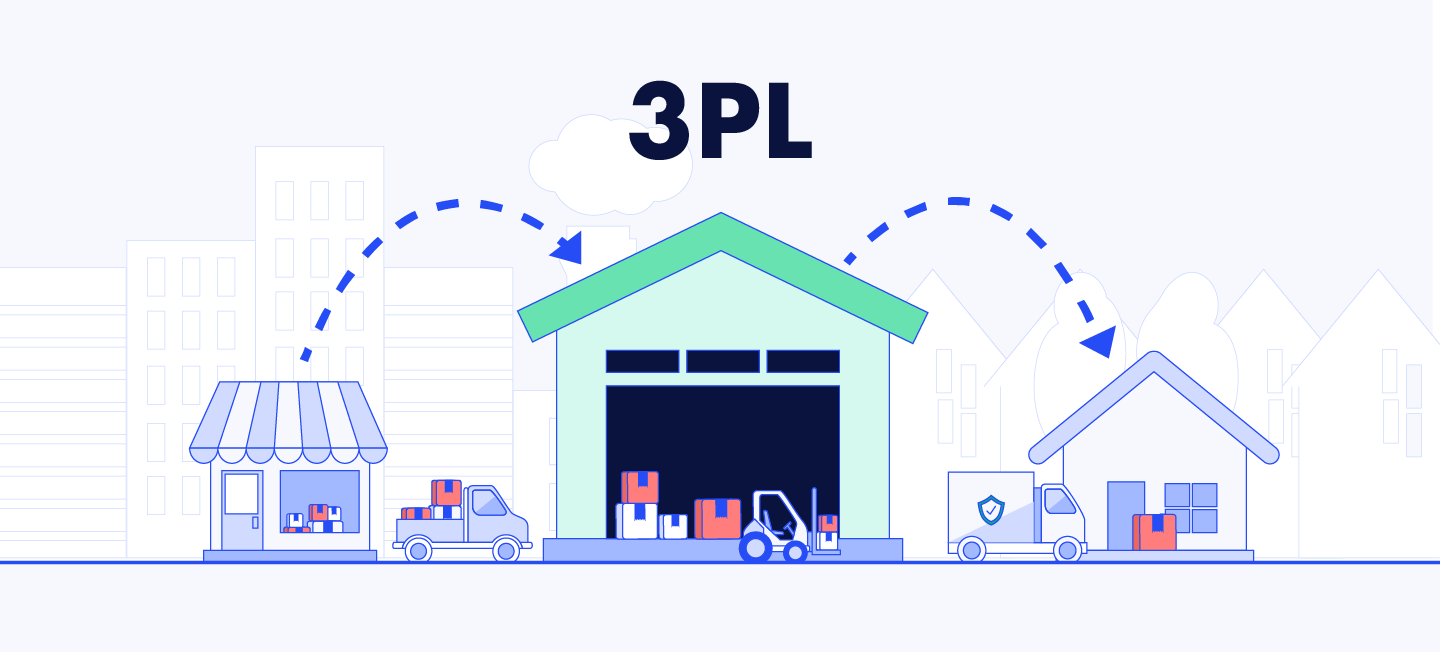
Third Party Logistic 3PL: Which services do they provide?
Third-party logistics 3PL providers offer a comprehensive range of services designed to streamline supply chain operations for businesses. Here are the key services typically provided by 3PLs:
Warehousing
3PLs provide secure and efficient warehousing solutions, allowing businesses to store their inventory in strategically located facilities. This service includes inventory management, where 3PLs track stock levels and ensure that products are readily available for order fulfillment. By utilizing advanced warehouse management systems, 3PLs can optimize storage space and improve inventory accuracy.
Picking
Picking is the process of retrieving items from the warehouse to fulfill customer orders. 3PL providers employ efficient picking strategies, such as batch picking or zone picking, to enhance productivity and reduce order processing times. This ensures that orders are fulfilled accurately and promptly, which is crucial for maintaining customer satisfaction.
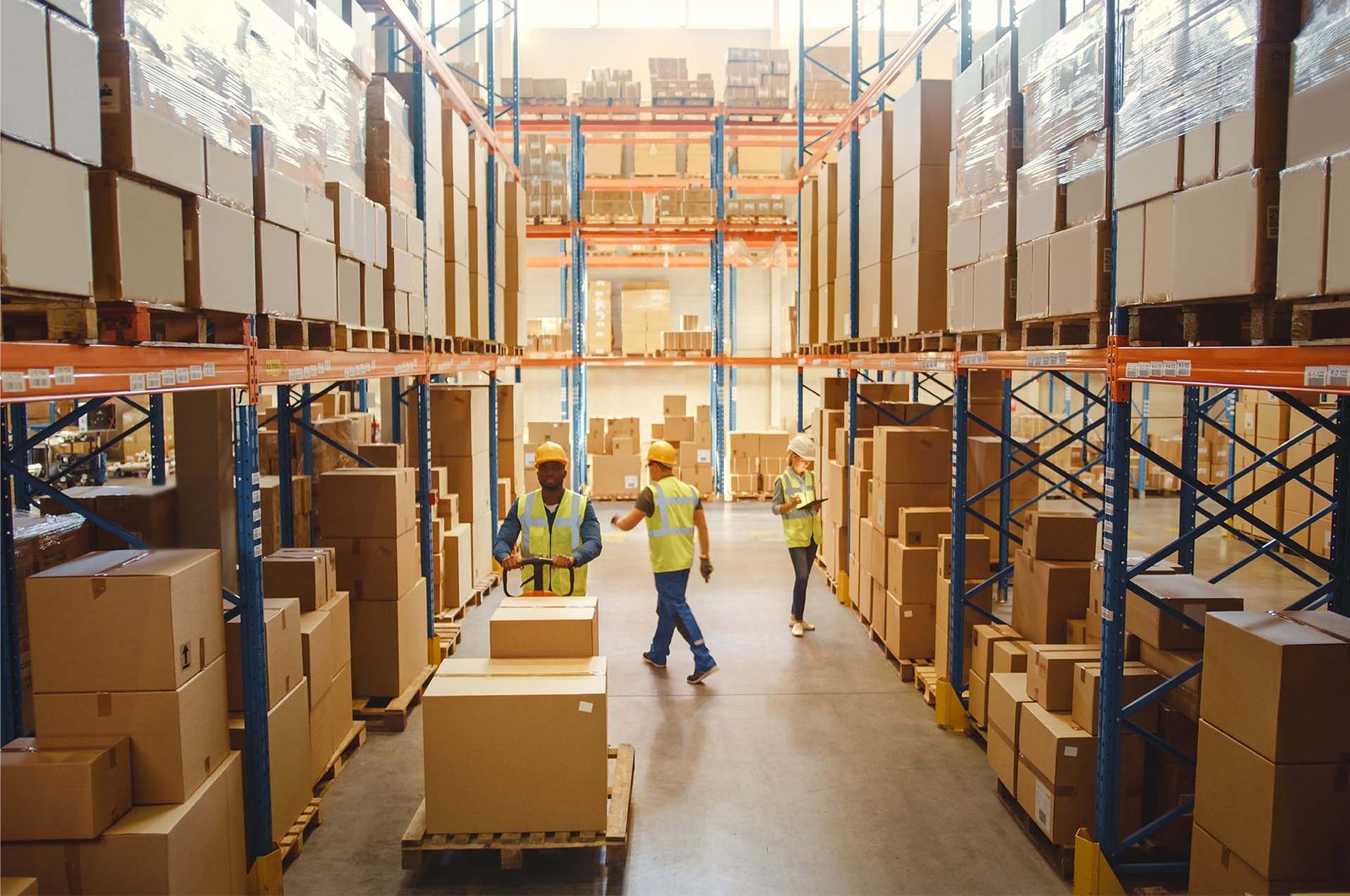
Packing
Once items are picked, they are packed for shipment. 3PLs handle the packing process, ensuring that products are securely packaged to prevent damage during transit. This service often includes customizing packaging to enhance branding and improve the unboxing experience for customers. Proper packing techniques are essential for minimizing returns due to damage.
Shipping
Shipping is a core function of 3PL services, where providers manage the logistics of transporting goods to customers. This includes selecting the most cost-effective shipping methods, negotiating rates with carriers, and ensuring timely delivery. 3PLs often have established relationships with various shipping carriers, allowing them to offer competitive shipping rates and options.
Returns processing
Returns processing is a critical aspect of the fulfillment cycle, and 3PLs streamline this process to enhance customer satisfaction. They manage the return of products, assess their condition, and determine whether items can be restocked or need to be disposed of. Efficient returns processing helps businesses minimize losses and improve overall customer experience by making returns hassle-free.
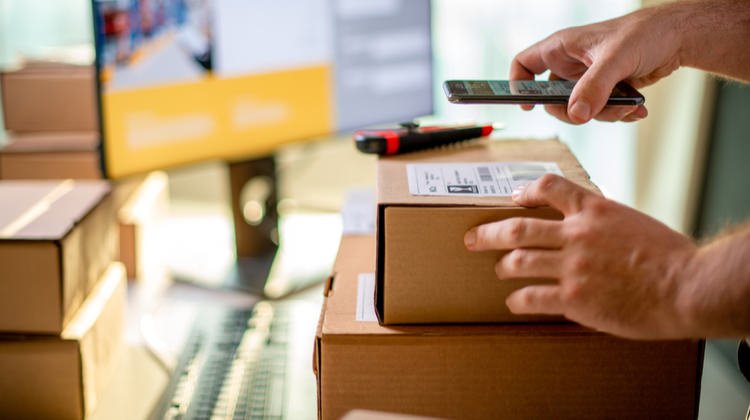
Third Party Logistic (3PL): Benefits & Challenges
Below, we explore the key benefits and common challenges of using 3PL services in modern supply chain management:
Benefits of 3PL
Third-party logistics (3PL) providers offer numerous advantages that can significantly enhance a business’s supply chain efficiency:
- Cost Savings: By outsourcing logistics functions, businesses can reduce overhead costs associated with warehousing, transportation, and labor. 3PLs leverage economies of scale, allowing them to negotiate better shipping rates and reduce operational expenses.
- Scalability: 3PL services provide the flexibility to scale operations up or down based on demand fluctuations. This is particularly beneficial for businesses experiencing seasonal spikes or rapid growth, as it eliminates the need for significant capital investment in infrastructure.
- Access to Expertise: Partnering with a 3PL grants businesses access to specialized knowledge and advanced technology that may not be feasible to develop in-house. This expertise can lead to improved logistics processes, enhanced inventory management, and better customer service.
- Focus on Core Competencies: By outsourcing logistics, companies can concentrate on their core business activities, such as product development and marketing, while leaving the complexities of supply chain management to logistics professionals.
- Improved Customer Satisfaction: 3PLs often provide faster order fulfillment and more reliable shipping options, which can enhance the overall customer experience. Efficient returns processing and accurate inventory management further contribute to customer satisfaction.
Challenges of 3PL
Despite the benefits, there are also challenges associated with utilizing 3PL services:
- Loss of Control: Outsourcing logistics can lead to a diminished level of oversight over critical supply chain functions. Businesses may find it challenging to maintain the same quality and responsiveness as they would with in-house operations.
- Dependency on External Partners: Relying on a 3PL provider introduces a level of dependency that can be risky. If the 3PL encounters operational issues, such as delays or service failures, it can directly impact the business’s performance and customer satisfaction.
- Hidden Costs: While 3PLs can offer cost savings, businesses must be cautious of potential hidden fees associated with additional services, changes in order volume, or custom requirements. Transparent pricing structures are essential to avoid unexpected expenses.
- Limited Customization: Many 3PL providers operate within standardized processes, which may limit the level of customization available to businesses with unique logistics needs. This can be a significant drawback for companies requiring tailored solutions.

Third Party Logistic: Order Fulfillment Process
The order fulfillment process in third-party logistics (3PL) is a critical component that ensures products are delivered to customers efficiently and accurately. This process typically involves several key steps, each designed to optimize the flow of goods from the warehouse to the end consumer.
- Order Receipt: The process begins when a 3PL provider receives an order from a client. This order can originate from various sales channels, including e-commerce platforms or direct sales.
- Inventory Management: Once the order is received, the 3PL manages inventory levels to ensure that the requested items are in stock. This involves tracking inventory in real-time and updating stock levels as orders are processed.
- Picking: After confirming the availability of the items, the 3PL staff picks the products from the warehouse shelves. Efficient picking strategies, such as batch picking or zone picking, are employed to enhance speed and accuracy.
- Packing: Once the items are picked, they are packed securely for shipment. This step is crucial for preventing damage during transit and may include custom packaging to enhance branding and customer experience.
- Shipping: The packed orders are then shipped to the customer. The 3PL coordinates with various carriers to select the most cost-effective and timely shipping options, ensuring that deliveries meet customer expectations.
- Tracking and Communication: Throughout the shipping process, the 3PL provides tracking information to the customer, allowing them to monitor the status of their order. This transparency is vital for maintaining customer satisfaction.
- Returns Processing: In the event of returns, the 3PL manages the reverse logistics process. This includes handling the return of products, inspecting their condition, and determining whether they can be restocked or need to be disposed of.
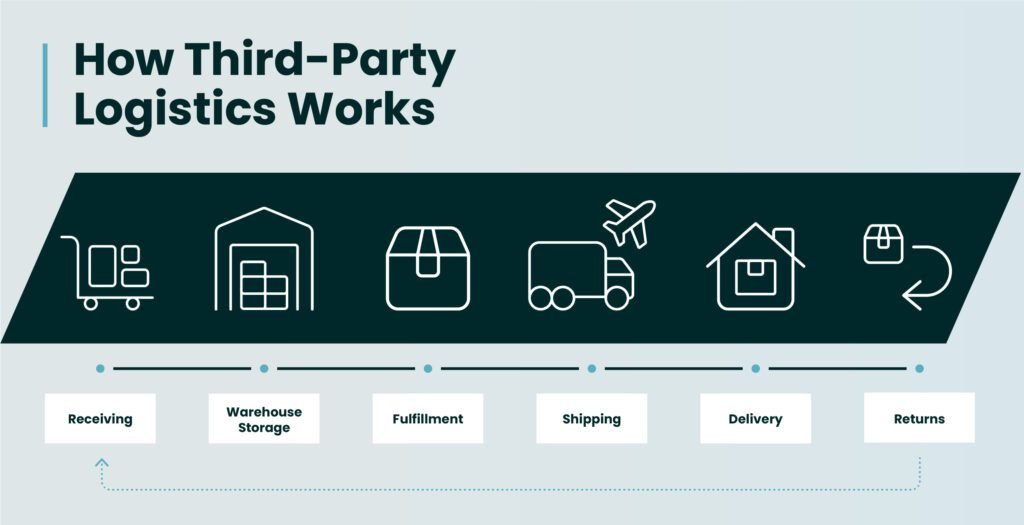
When should you use a 3PL?
Utilizing a third-party logistics (3PL) provider can be a strategic decision for businesses looking to enhance their supply chain efficiency. Here are several scenarios in which engaging a 3PL may be beneficial:
- Increasing costs: If your logistics costs are steadily rising due to factors such as labor, transportation, or warehousing, a 3PL can help streamline operations and reduce expenses through their established networks and expertise.
- Overwhelmed team: When your internal team is struggling to keep up with order volumes or expanding product lines, a 3PL can provide the necessary resources and staffing to manage logistics effectively, allowing your team to focus on core business activities.
- Customer service issues: If you are experiencing a rise in customer complaints related to order fulfillment, such as delays or inaccuracies, a 3PL can enhance operational efficiency and improve order visibility, leading to better customer satisfaction.
- Inventory management challenges: Companies facing issues with inventory accuracy or excess stock may benefit from a 3PL’s expertise in inventory management. They can provide analytics and operational efficiencies to optimize stock levels and reduce carrying costs.
- Expansion plans: If you are planning to move to a new facility or expand into new markets, a 3PL can assist with logistics setup, including warehouse management and distribution strategies, minimizing operational downtime during transitions.
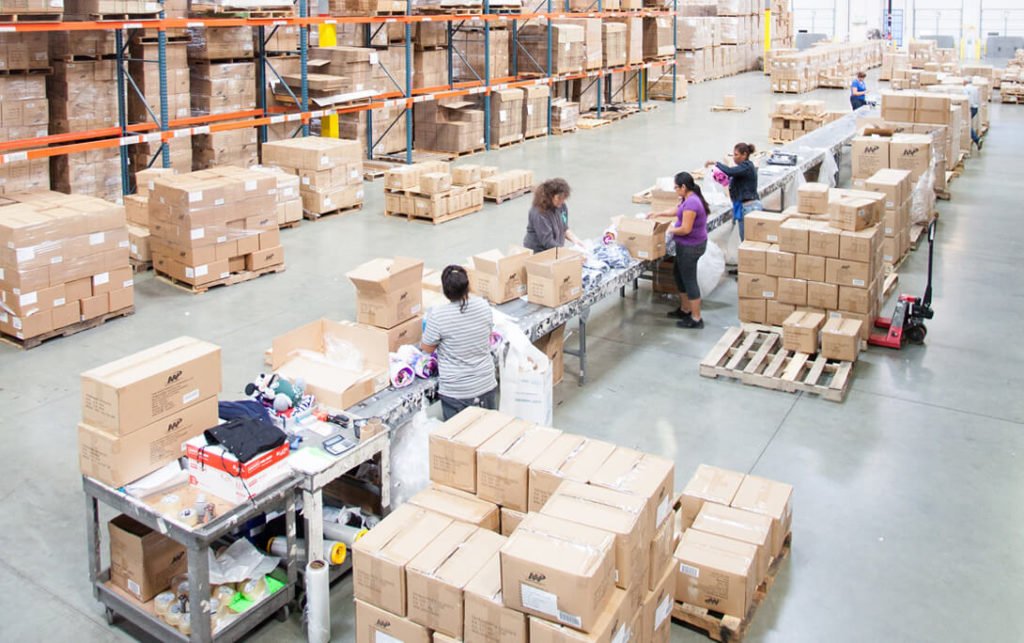
3PL vs. Freight Broker: Is There a Difference?
Although Third-Party Logistics (3PL) providers and freight brokers both operate within the logistics and transportation space, their roles and services differ significantly.
| Criteria | Third-Party Logistics (3PL) | Freight Broker |
| Definition & Role | Manages multiple aspects of the supply chain, including warehousing, inventory, order fulfillment, and transportation. | Acts as an intermediary between shippers and carriers; does not handle logistics operations beyond freight coordination. |
| Ownership of Assets | May operate or lease warehouses, manage fleet operations, and use integrated logistics systems. | Does not own transportation or storage assets; relies on external carriers to move freight. |
| Services Offered | – Freight forwarding – Warehousing – Transportation & dispatch – Inventory management – Tech integration – Supply chain solutions |
– Matches shippers with carriers – Negotiates rates – Handles shipping documents and coordination |
| Relationship Type | Long-term, strategic partnerships focused on optimizing supply chain performance. | Transactional relationships based on one-off or short-term freight movements. |
| Technology Use | Typically offers integrated platforms like WMS, TMS, and OMS for full visibility and automation across the supply chain. | Limited use of technology, mostly focused on booking and communication. |
What are the differences between 3PL & 4PL?
3PLs focus on executing logistics functions such as warehousing and shipping, while 4PLs take a broader role by overseeing and optimizing the entire supply chain. The comparison table below outlines the key differences to help businesses determine which model best aligns with their logistics needs:
| Criteria | 3PL (Third-Party Logistics) | 4PL (Fourth-Party Logistics) |
| Definition | Provides outsourced logistics services such as warehousing, transportation, and order fulfillment. | Manages the entire supply chain, including oversight of multiple 3PLs and strategic logistics planning. |
| Primary Function | Operational execution of logistics tasks. | Strategic coordination and integration of the supply chain. |
| Ownership of Assets | Often owns or operates physical assets like warehouses and transport fleets. | Does not typically own logistics assets; focuses on managing resources from various providers. |
| Level of Involvement | Hands-on with day-to-day logistics processes (e.g. storage, picking, shipping). | Oversees the full logistics ecosystem, acting as a single point of contact for the client. |
| Technology Integration | May offer WMS, TMS, and OMS systems to manage specific logistics operations. | Provides comprehensive visibility by integrating multiple systems and data sources across the supply chain. |
| Client Relationship | Transactional or semi-strategic; supports logistics execution. | Long-term, strategic partnerships focused on end-to-end supply chain optimization. |
| Complexity Handling | Suitable for businesses with clear, operational logistics needs. | Best for enterprises managing complex, multi-layered global supply chains. |
| Examples of Services | – Warehousing – Transportation – Inventory management – Order fulfillment |
– Supply chain consultancy – 3PL coordination – KPI analysis |
3PL services vs. drop shipping
When it comes to order fulfillment in e-commerce, businesses often face the choice between utilizing third-party logistics (3PL) services and adopting a drop shipping model. While both options allow companies to outsource aspects of their supply chain, they operate under different frameworks and offer distinct advantages and challenges:
| Criteria | 3PL Services (Third-Party Logistics) | Dropshipping |
| Inventory Ownership | Business owns the inventory and ships it to the 3PL’s warehouse. | Retailers do not own or hold inventory; suppliers fulfill orders directly. |
| Inventory Storage | Stored in 3PL-managed warehouses. | No storage required by the retailer. |
| Fulfillment | 3PL picks, packs, and ships orders on behalf of the retailer. | Supplier handles picking, packing, and shipping. |
| Branding Control | Retailers can customize packaging, inserts, and branding. | Limited control over packaging and branding. |
| Startup Costs | Moderate to high (inventory purchase, 3PL setup fees, storage). | Low (no inventory or warehousing costs). |
| Shipping Speed | Typically faster with domestic 3PLs and distributed warehouse networks. | Often slower, especially if suppliers are overseas. |
| Scalability | High scalability with better logistics control. | Easy to scale at the start, but limited control can hinder growth. |
| Profit Margins | Higher margins due to bulk purchasing and branding opportunities. | Lower margins as suppliers set product and shipping prices. |
How to choose the best third-party logistics providers? Key Factors
Choosing the best third-party logistics (3PL) provider is a critical decision that can significantly impact your business’s efficiency and customer satisfaction. Here are key factors to consider when selecting a 3PL partner:
3PL services expertise
It is essential to evaluate the specific expertise of a 3PL provider in relation to your business needs. Not all 3PLs offer the same range of services; some may excel in transportation, while others may specialize in warehousing or inventory management. Assess whether the provider has experience in your industry and can handle the unique requirements of your products, such as temperature control or hazardous materials.
3PL warehouse locations
The geographical location of a 3PL’s warehouses can significantly affect shipping times and costs. A provider with strategically located warehouses can facilitate faster delivery to your customers, reducing transit times and shipping expenses. Consider whether the 3PL has a network of fulfillment centers that can support your distribution needs across various regions.

3rd-party logistics customer support
Effective customer support is crucial for maintaining smooth operations. Evaluate the responsiveness and availability of the 3PL’s customer service team. A provider that offers dedicated support can help resolve issues quickly and ensure that your logistics operations run seamlessly. Look for testimonials or references from other clients to gauge their customer service quality.
Specialty 3rd-party logistics services
If your business requires specialized logistics services, such as kitting, assembly, or reverse logistics, ensure that the 3PL can accommodate these needs. Some providers offer niche services that can enhance your supply chain efficiency, so it is important to identify whether they align with your operational requirements.
3PL security and operational continuity
Security and operational continuity are paramount when selecting a 3PL. Investigate the provider’s safety protocols, data protection measures, and disaster recovery plans. A reliable 3PL should have robust systems in place to safeguard your inventory and ensure that operations can continue smoothly in the event of disruptions.

Inventory and order fulfillment costs
Understanding the total cost of inventory management and order fulfillment is essential. Analyze the pricing structure of the 3PL, including any hidden fees associated with storage, handling, and shipping. A transparent pricing model will help you assess the overall cost-effectiveness of the partnership.
Shipping costs
Shipping costs can vary significantly between providers, so it is crucial to compare rates. A 3PL that has established relationships with carriers may offer more competitive shipping rates, which can lead to substantial savings for your business. Ensure that you understand how shipping costs are calculated and whether there are any additional surcharges.
Omnichannel integrations
In today’s retail environment, the ability to integrate with multiple sales channels is vital. A 3PL should offer seamless integrations with your e-commerce platforms, marketplaces, and inventory management systems. This capability will enhance your operational efficiency and provide a better experience for your customers.
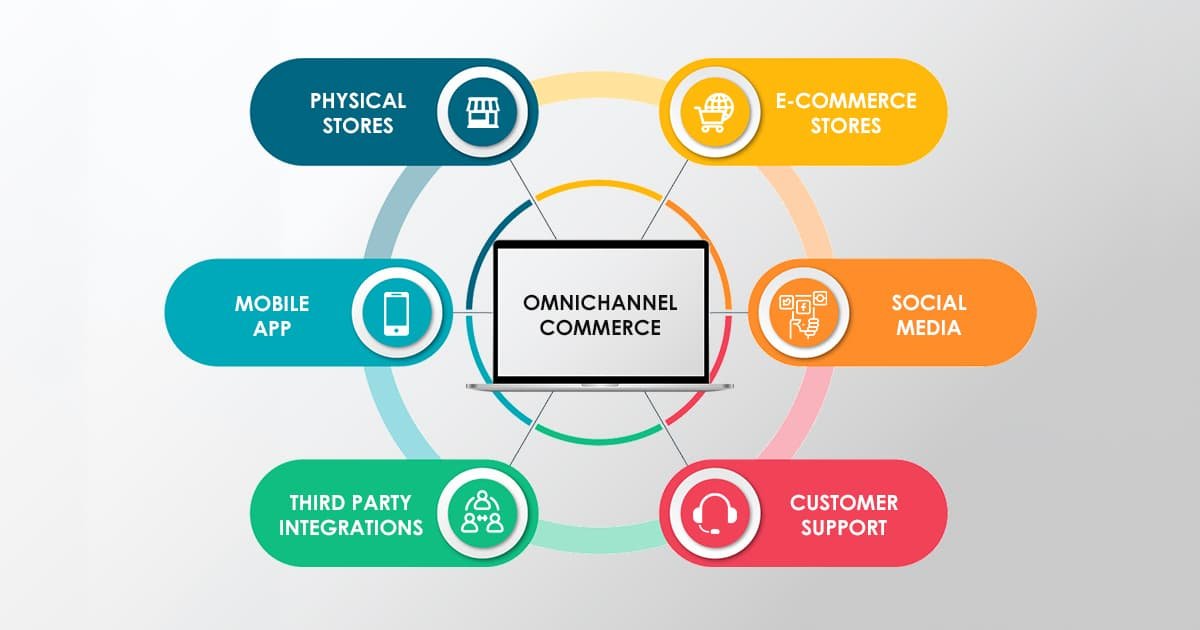
Third Party Logistic (3PL) Fulfillment Costs
The cost of using a Third Party Logistic (3PL) provider varies depending on several key factors, including order volume, storage needs, product type, and the complexity of services required. Typically, 3PL fulfillment costs are broken down into several components: receiving fees (charged per pallet or per hour), storage fees (based on cubic feet or pallet space per month), pick and pack fees (ranging from $1 to $3 per order), and shipping costs, which depend on carrier rates and destination zones. Additional charges may apply for returns processing, kitting, or custom packaging.
While these costs may appear significant upfront, 3PL services often prove more cost-effective over time by improving operational efficiency, reducing error rates, and providing access to discounted shipping rates due to volume aggregation. According to ShipBob (2024), businesses using 3PLs can save up to 15–30% in logistics-related expenses compared to managing fulfillment in-house.
Keys Logistics: Trusted Third Party Logistic (3PL) Provider
At Keys Logistics, we specialize in third-party logistics (3PL) services designed to streamline order fulfillment for growing businesses. Our comprehensive solutions include inventory receiving, order picking, packing, and last-mile delivery – allowing brands to focus on scaling operations rather than managing backend logistics. Tailored for e-commerce retailers, SMEs, and companies seeking cost-effective fulfillment without investing in infrastructure, our services offer real-time inventory accuracy, faster order processing, and guaranteed on-time delivery.
We support omnichannel integration, seamlessly connecting with platforms like Shopify, Amazon, and eBay to centralize operations and improve fulfillment efficiency. Our flexible service model adapts to each client’s unique needs – from custom packaging to specific shipping requirements – while our dedicated customer support team offers 24/7 assistance for a responsive and reliable logistics experience.
In today’s competitive logistics landscape, leveraging a reliable Third Party Logistic (3PL) provider can significantly improve fulfillment efficiency, reduce operational costs, and enhance customer satisfaction. From warehousing and shipping to returns and omnichannel integration, 3PL services offer scalable solutions tailored to the evolving needs of modern businesses. However, choosing the right partner requires a careful assessment of expertise, technology, service scope, and long-term fit.
Looking for a trusted 3PL partner to simplify your operations and support your growth? Contact us at Keys Logistics to discover flexible, tech-driven logistics solutions built around your business.












 Tiếng Việt
Tiếng Việt 中文 (中国)
中文 (中国)

